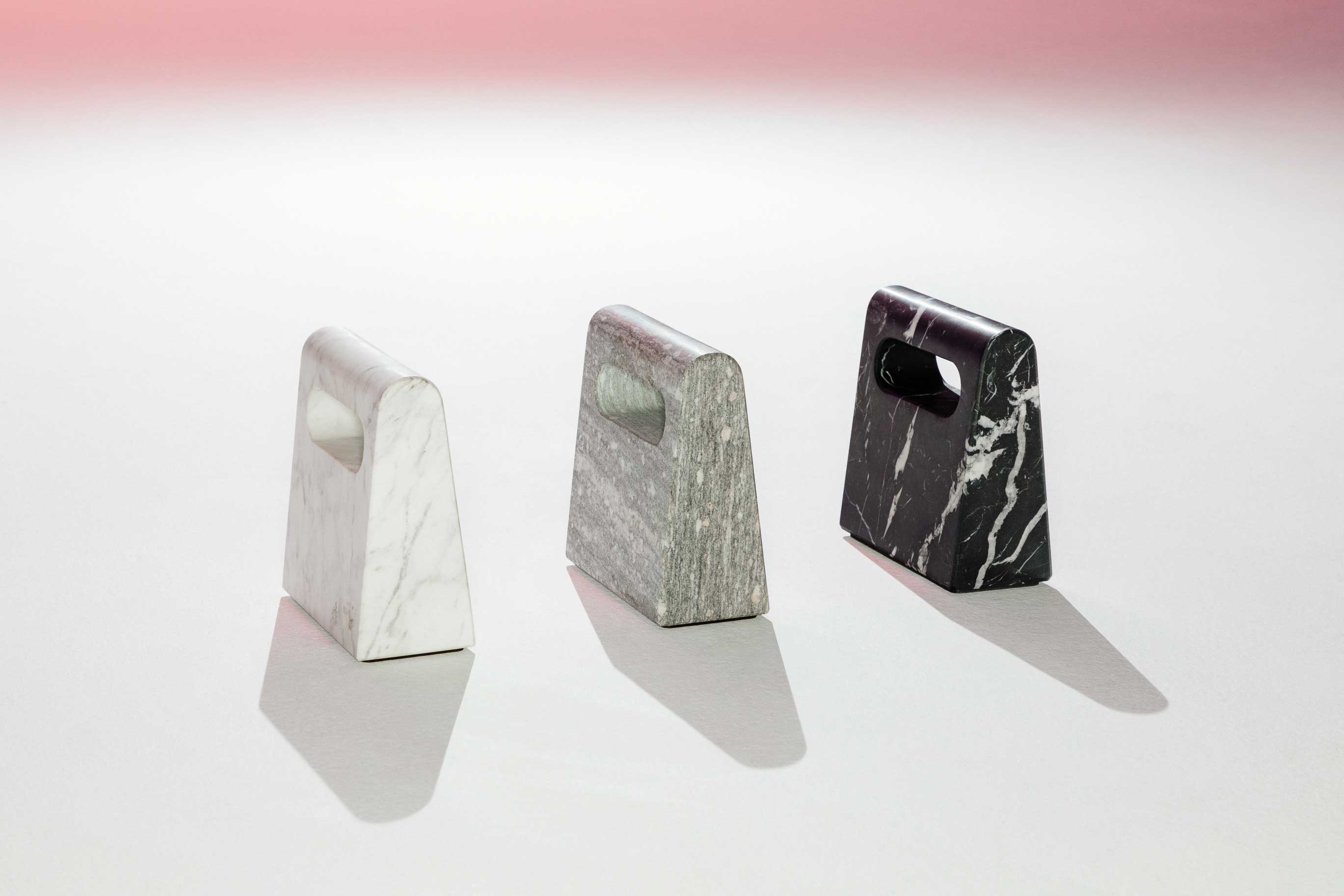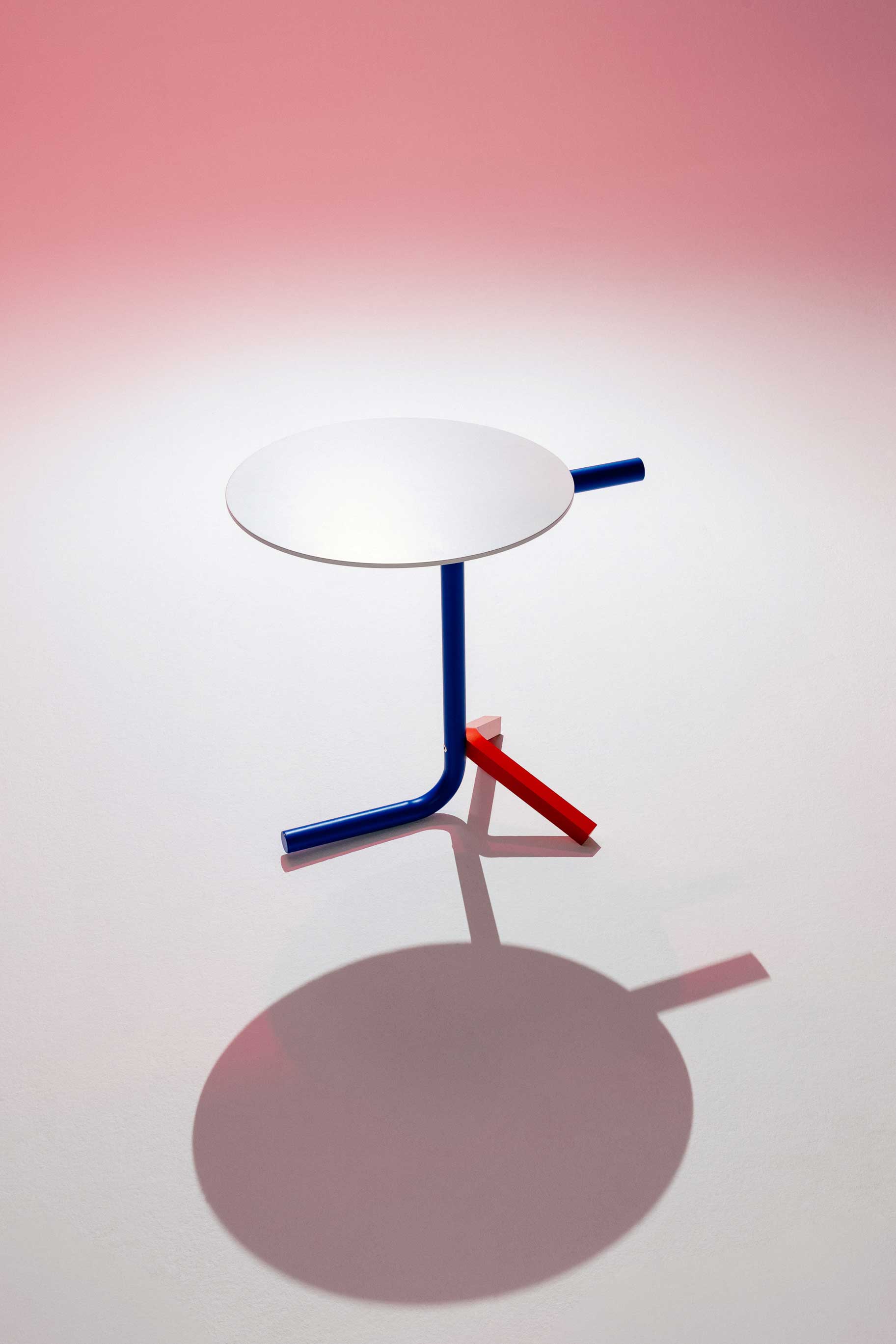Swiss Arts Council Pro Helvetia, an organisation dedicated to the protection and dissemination of Swiss arts and culture across the globe, recently announced the names of three emerging design studios from Switzerland that have – through a mix of their unique creative language and the equanimous Swiss style – managed to mark their presence in the Swiss design industry. These include Zürich based design studio, Bureau Brunner, Biel based design firm, A-Project Studio and Hannes&Fritz, a two person firm that works across Zürich and Stuttgart. All three studios are unique in that they create designs with a huge commercial potential, while also attempting to cater to extant problems and issues through design. Their creations, spanning different categories, employ sustainable design practices, take into account environmental considerations and tend to the circular economy through innovative means and measures. By attempting to create objects and spaces that cater to so many environmental, social and physiological issues, the firms instinctively take a human-centric approach in their functioning, giving form thus to equitable and inclusive designs.
Founded in 2017, Bureau Brunner is a studio that pays special attention to research and attempts to develop products and projects that are connected to the social, political and environmental factors and issues of today. “Collaboration is the key to designing more human-centred products and spaces. Although we are extremely focused on the environmental impact of our work, we should never forget the importance of designing for the common good,” asserts Tobias Brunner, founder of his eponymous design studio. The Zurich based studio, going through the process of research, creates pieces that place equitable focus on both the user and its environment. Some of the studio’s designs that upend these ideas are 5KG, Magneto and ASO.
5KG is an abstract object that is heavy, yet transportable due to its small size. It is an intriguing piece that can easily be lifted, held and played with. Created with the intention of inviting users to explore their relationship with the object through material tactility and volume play, these simply curved marble pieces, although devoid of any utilitarian role, invite users with their simplicity and the subtle combination of solid and void. Inspired by American sociologist Richard Sennett’s essay ‘The Open City’, 5KG is an attempt at revising the roles accredited to objects. It focuses thus on illuminating the qualities of the object instead of their function.
Brunner’s Magneto, designed for contemporary spaces that demand objects to be portable and easily accessible, is a four metre long USB extension cable. What makes this cable different and unique is its ability to magnetically adhere to steel tables or chairs and provide a direct power connection to electronic devices from the other end. Washed in bright yellow, this seamless piece is both utilitarian as well as aesthetically pleasing. When not in use, it can simply sit aside as an intriguing accessory to furniture items, enhancing their appearance in the process.
Another piece by the studio, a side table that goes by the name of ASO, is a combination of three elements juxtaposed in an innovative composition. The three pieces can easily be assembled and disassembled for transportation such that the table can easily be flat-packed and transported. Built using solid square steel rods, hollow steel tubes and an aluminium sheet, the assembly and disassembly of this table can be done using three screws. A combination of straight and curved lines, the final product is a gestalt: stronger than the individual parts that make it.
The second studio named by the Swiss organisation as an exceptional design studio is the A-Project Studio, led by product designer Laure Krayenbühl. Having grown up in various countries across the world, Krayenbühl’s approach towards designing is highly human-centric and in tune with both cultural identities as well as material and production processes. Followed by multiple material tests and design prototypes, the studio then goes forward with the final designs which more often than not draw focus to the unique qualities of the material used to craft them. Recycling, reusing and acquiring materials from a local and sustainable source guide the studio’s initial production process. “Our aim is to develop high quality and honest design projects that have a discreet and unique identity. We believe in providing a tailor-made solution for each project – adapting to context, client and scale,” explains Laure Krayenbühl. Two designs by Krayenbühl that are evocative of her rich cultural influences and focus on ensuring a sustainable practice include Archipelago Bench and Diffract Rugs.

The Archipelago Bench is a simple wooden bench, curved at its corners, subtly coloured and polished and heavily Scandinavian in style. The functional furniture piece is made out of pine wood and is split into two sections, which are divided by a vertical plank. This results in the creation of a bench where spatiality can easily be comprehended due to its partial sectioning. By leaving a larger part of the bench unsectioned, Krayenbühl managed to create an asymmetrically balanced piece that can cater to the requirements of sitting, lounging or lying down.
Diffract Rugs, on the other hand, are more bold. They are coloured in red and grey and evoke the visual image evident due to the process of emission and dispersion of light through water or ribbed glass. The simple overlapping of circular forms of different opacities onto the rug helps create a subtle yet attractive piece that is reminiscent of various cultural design elements due to the usage of abstract elements inspired from natural occurings. The variation created due to a difference in materiality of tufted wool and linen used to create the rugs result in a unique visual and tactile experience that keeps on changing at each point.
Lastly, Hannes&Fritz, spearheaded by Johannes Breuer and Fritz Gräber, is a collaborative design studio that operates across two cities, Stuttgart and Zurich. Initiating their designs from an archetypal format, the designer duo adds and subtracts slight design elements and features to create new iterations that resemble contemporary aesthetics. Driven by a deep respect for material and production techniques, the studio creates objects that are long-lasting. While Breuer brings his linear and emblematic tendencies to the table, Gräber balances this out with his dynamic and expressive design language, thus creating pieces that are neither too subtle nor too loud. “We often start with these child-like drawings of a house, a chair, a car – we are searching for what is at its core in order to develop new archetypes,” share Johannes Breuer and Fritz Gräber. Some of their utilitarian pieces that express the duality of the two designers are 008 Lamp, Flex Chair, Paco Chair, INN Chair and Bench Two.
The 008 Lamp is a simple wall and desk lamp that is a combination of two primary forms. Every luminary can be adapted into a wall or desk lamp, as required. The lathed solid ash stem of the lamp provides crevices for all lighting components and the circular powder coated steel plate disperses light emitted from the lamp evenly around itself. A void in the centre of this steel plate helps make sense of the location of the light source.
Hannes&Fritz’s chairs, namely Flex Chair, Paco Chair and INN Chair, assert a unanimous design identity, while appearing structurally different from each other. The Flex chair is made out of an oversized aluminium tube frame and bent plywood seat, allowing thus the flexibility to move and flex against the industrial materials of the chair. It is light in weight and stackable, yet sturdy and long-lasting. Using the same materials, Paco Chair recreates an organic form, fluid and flowy. It is simple, almost elemental in shape and form. The bold oversized backrest of Paco also doubles up as an armrest or space for placing a coffee cup. Lastly, the INN Chair, produced from steam bent and CNC cut solid ash wood, is an exploration into asymmetry using industrially produced materials.
The studio’s Bench Two, much like the name suggests, combines two planks of wood as the seating. Made out of oversized planks of pine wood, this indoor piece of furniture is humble and familiar in appearance. The only feature that stands out uniquely in this straightforward piece is the swooping oversized radius of the exterior of each leg.
Together, the three Swiss designers usher in examples of furniture design that help initiate a new classification under contemporary design through innovative and fresh set of elements and features. They are easy on the eye, familiar and fit well in most settings.






 Sign in with email
Sign in with email




















What do you think?